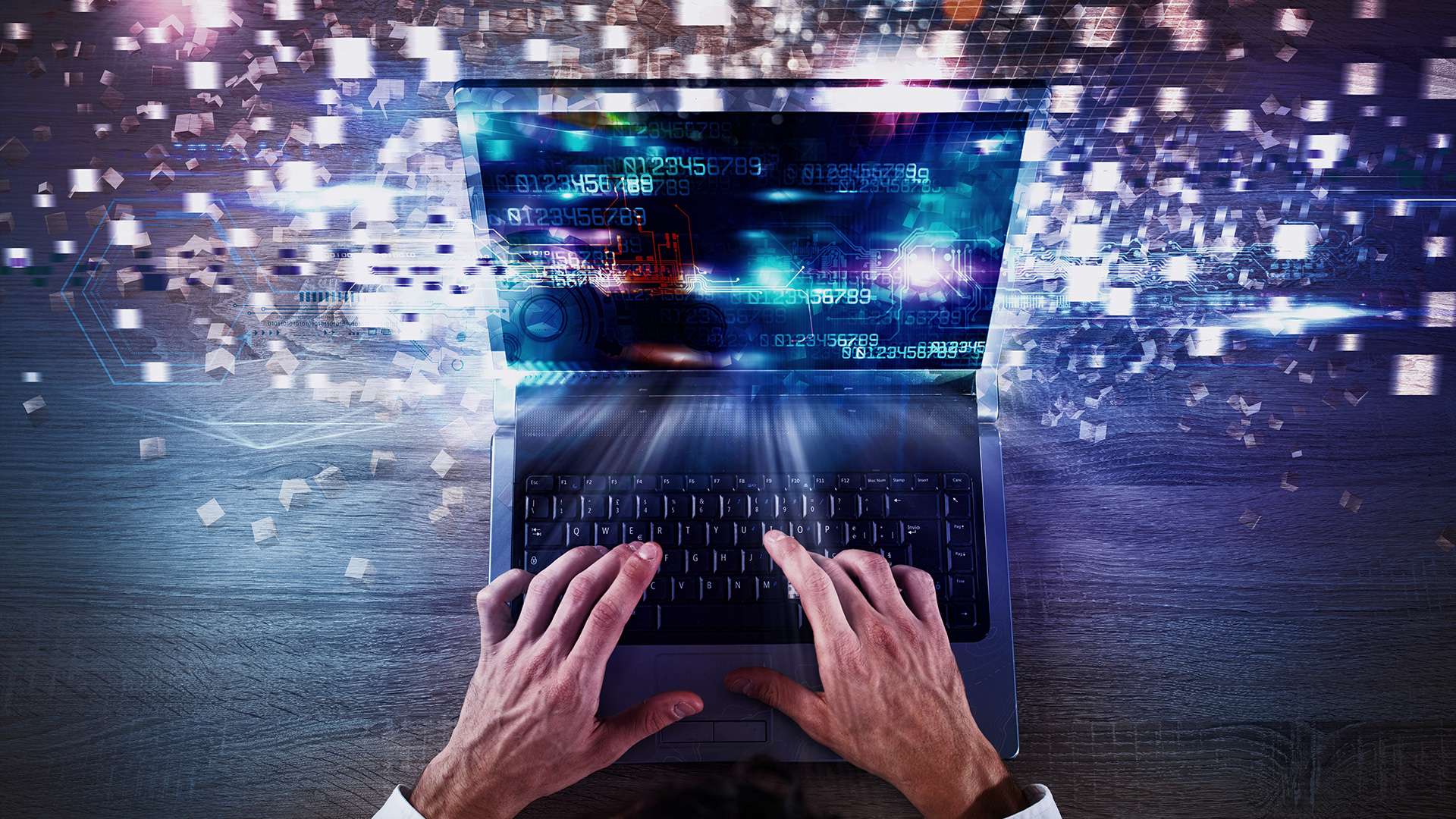Breaking the Computer Buying Cycle
If you’re like most people when they go out and buy a new personal computer when you’re taken out of the box you’re probably excited, turn it on, and wonder how fast it goes. When a computer is new it always seems to run faster and boot faster than your old computer. Apps and games seem to run without any slowdown and when you go to the internet the pages load instantly on the screen and you can quickly surf from one website to another. Although over time, your computer may slow down and not run fast when updating.

This slowdown can happen for a variety of reasons and when it does occur it can be frustrating and ruin your computing experience. Often when this happens it cleans your hard drive or can be corrected by running some diagnostics. The computer probably has a virus and performance can be restored once you remove the virus. What would you do if you did all that work and your computer was still running slow? Our friends at https://minneapolistowingmn.com/ ask the same question.
If your computer continues to slow down after you remove a virus and try to improve the performance of the system, it may mean that the claims you are placing on your computer now exceed the computer’s capabilities.
When we use our computer we install new software applications and try to run more applications at the same time. The new software we install may require more computer resources such as more computer memory and a faster CPU, or a central processing unit to run software applications or games properly.
If you’re like me, you prefer to run multiple software applications or open multiple Internet browser windows at the same time, and it can also use a lot of computer resources. The more resources you use, the slower the computer will run.
This is a constant problem in computing because computer technology almost doubles every 18 months. In demand for more feature-rich software applications, software developers create more resource-intensive software programs. To meet the growing demand for software, computer makers are creating faster, more expensive computers. In my opinion, this is a vicious cycle where in order to maintain a fast and enjoyable computing experience, computer users are forced to go out every few years and buy a new computer.
Fortunately for me I never had to worry about that problem. I am a certified computer professional and have been building and repairing computers for over 15 years. When I want a fast computer I don’t go out and buy a new expensive computer. I learned how to break the cycle of buying a new computer by upgrading my computer. By upgrading my computer instead of buying a new one, I can build a faster computer myself at just a fraction of the cost.
You can also break the cycle of buying computers and you don’t have to be a computer professional like me to do it. You just need to know a few things about the computer, be proficient with the screwdriver and be able to follow a few simple instructions; But before you start thinking about upgrading your computer, it may be important to get a brief overview of how the computer works.
Computer Basics
Computers are a combination of hardware and software that work together. They can be very complicated when you are not familiar with how a computer works. You can reduce that complexity once you understand how a computer works at an early stage.
At its initial level a computer takes input and generates output. A computer receives input through input devices such as keyboards and mice (hardware). Every time we click the mouse on a link or move the mouse across the screen we are instructed to input the computer or do something.
More Details